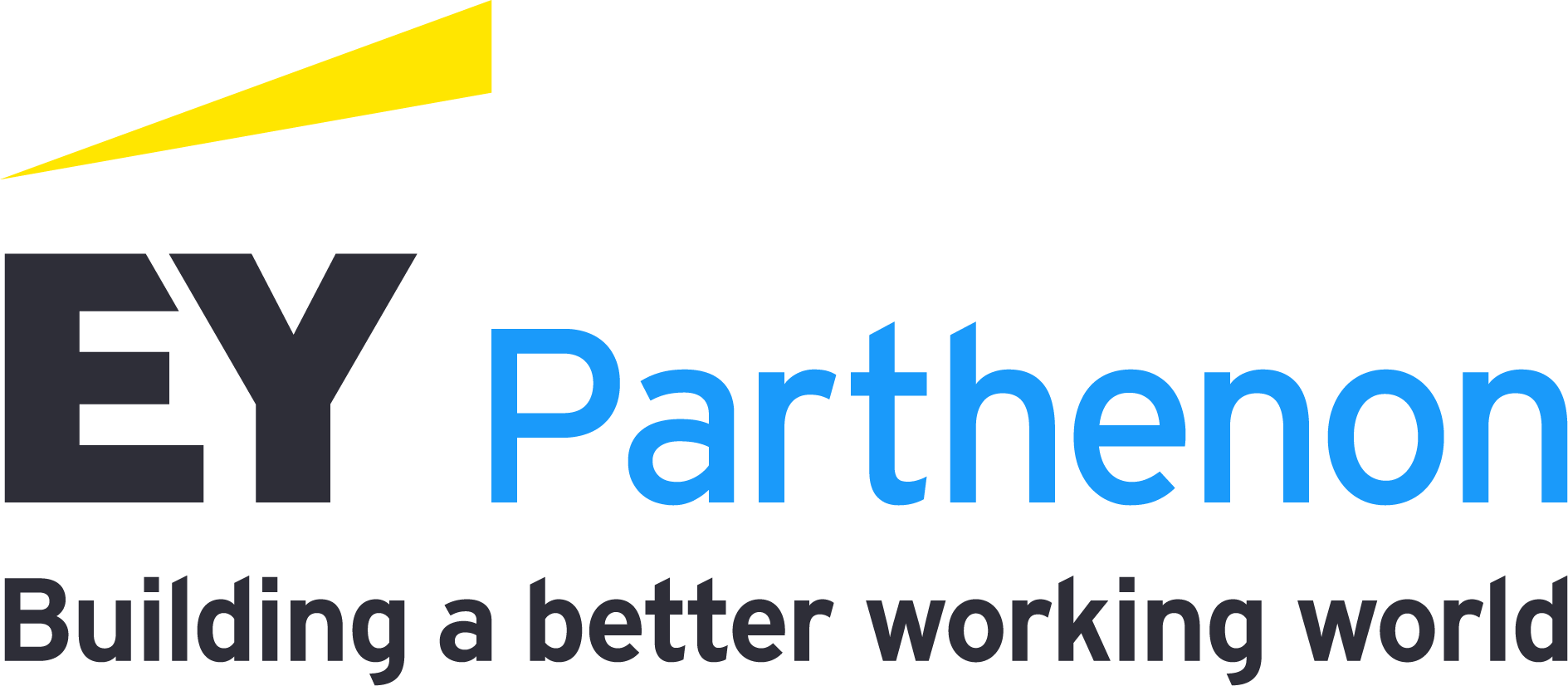There are two ways executives can prepare to buy and integrate technology assets. First, but sometimes absent in deals, it is important to have a clear point of view on how the targeted asset fits into the broad corporate vision. Second, C-suite leaders, including the chief technology officer, chief digital officer, head of research and development, and chief information officer, may need to acknowledge and accept what the company does not know about the technology it is acquiring -- and the related integration implications.
Executives can consider three key questions in developing a technology M&A and product value-creation strategy.
1. How are digital capabilities relevant to your corporate product strategy?
Product portfolios can be evaluated for potential technology and innovation opportunities. Having identified an opportunity, do you merely want to establish deeper customer relationships, or is there a fundamental shift going on in your industry where software is causing meaningful disruption? Companies also need a clear view of how a tech acquisition brings sustainable value, revenue accretion and customer retention.
2. When do acquisitions make sense?
Based on your company’s existing capabilities, what skills and experience do you have or can you build in-house, and what is so far afield that an acquisition is going to make more sense? Most traditional companies have pockets of software and technology that could be unlocked to drive new revenue models. Leaders may want to build a product line themselves versus partnering with others or supercharging the effort through an acquisition. However, for many traditional businesses, the startup and software developer mindset — experimentation, willingness to take risks, agility — is not a core competency. By acquiring a targeted technology organization, a buyer can transform the way it thinks about risk and accelerate the time it takes to get a digital capability into the market. Acquisitions also can be less risky than undertaking large R&D projects, in part because M&A can enable speed to market.







